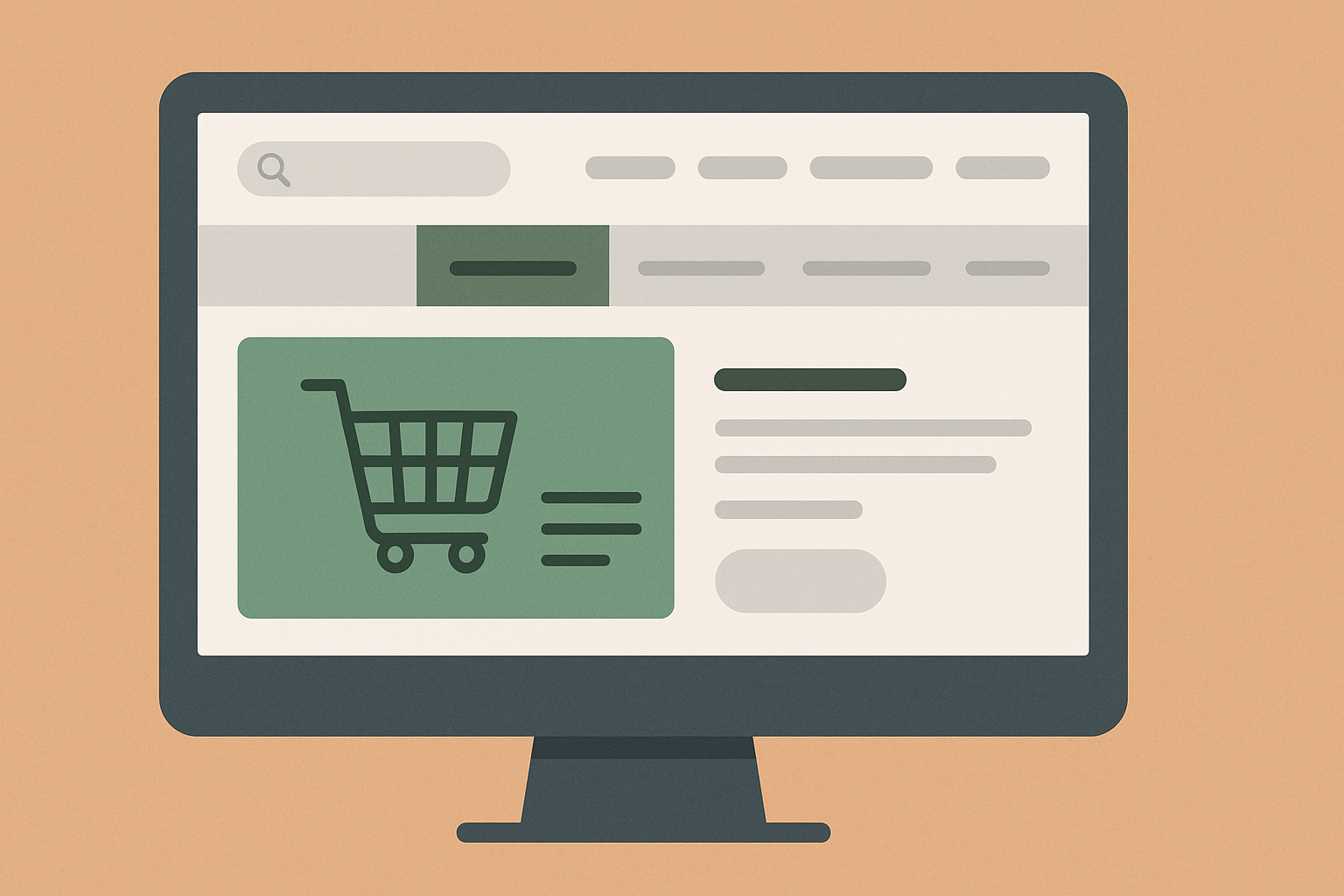Running a successful Shopify store requires more than just attractive products – it’s about providing a seamless shopping experience. One of the best ways to enhance your product pages is by using shopify product tabs. These tabs help organize key information, improve customer experience, and ultimately contribute to higher conversions. In this blog, we’ll explore why product tabs are crucial for your Shopify store’s success and how they can help create a better user experience.
What Are Product Tabs on Shopify?
Product tabs on Shopify allow you to divide your product page into neatly organized sections that present crucial information in an easily accessible way. Instead of overwhelming customers with long paragraphs of text, you can structure the information into separate categories under clickable tabs. Common tabs include:
- Product Description
- Shipping Information
- Customer Reviews
- Size Guide
- FAQs
With these sections clearly defined, your customers can easily navigate through the product page to find exactly what they’re looking for.
Why Product Tabs Are Essential for Your Store
Product tabs offer several benefits that can significantly enhance your store’s user experience. Here’s how they contribute to your Shopify store’s success:
1. Organized Information for a Clean Layout
Product tabs allow you to break down large amounts of product information into manageable sections, making the product page look clean and organized. Customers can focus on the information they care about, like size details or shipping information, without having to scroll through irrelevant sections. This makes the page more user-friendly and visually appealing.
2. Improved Navigation and Customer Engagement
By organizing content into tabs, you improve the navigation experience for your customers. For example, if a shopper is looking for reviews, they can easily jump to the “Customer Reviews” tab instead of scrolling through the product description. This ability to quickly find key information keeps customers engaged and can increase the likelihood of a purchase.
2. Improved Navigation and Customer Engagement
By organizing content into tabs, you improve the navigation experience for your customers. For example, if a shopper is looking for reviews, they can easily jump to the “Customer Reviews” tab instead of scrolling through the product description. This ability to quickly find key information keeps customers engaged and can increase the likelihood of a purchase.
4. Boost SEO with Structured Content
Product tabs can help improve your store’s search engine optimization (SEO). By organizing content in separate tabs, you make it easier for search engines to crawl and index your product pages. Each tab can also target specific keywords, improving your chances of ranking for a variety of search queries. For example, the “Size Guide” tab can include keywords like “size chart for men’s shirts,” helping that specific content get noticed in search engine results.
5. Increase Customer Trust with Reviews and Ratings
Customer reviews play a key role in building trust with potential buyers. By adding a Reviews tab to your product pages, you can give customers quick access to feedback from other buyers. Organizing reviews in a separate tab prevents the product page from becoming cluttered and makes it easier for customers to read and evaluate your products.
6. More Control Over Product Information Display
With product tabs, you have greater control over how you display important product information. You can include detailed descriptions, technical specifications, or even videos explaining how the product works—all within individual tabs. This way, you’re able to focus attention on the most important aspects of your product without overwhelming the customer.
How to Add Product Tabs to Your Shopify Store
Adding product tabs to your Shopify store is simple with the right tools. One of the most effective ways to implement them is by using the Shopify Product Tabs app. This app allows you to add customizable tabs to your product pages without needing to code. You can easily manage and organize your tabs, giving you full control over your product page layout.
Additionally, you can use the RI Section Store app for even more advanced customization options. This app allows you to create unique sections for your products, including custom tabs, all while maintaining a seamless design that fits your store’s branding.
FAQs
Q. What are Shopify product tabs?
A. Shopify product tabs are sections on your product page that organize product information into separate categories, such as descriptions, reviews, and shipping details, making it easier for customers to navigate the page.
Q. How do product tabs help improve the shopping experience?
A. Product tabs help organize content, making it easier for customers to find specific information, such as size guides or customer reviews. This improves navigation and reduces frustration, leading to a better shopping experience.
Q. Are product tabs mobile-friendly?
A. Yes, product tabs are optimized for mobile use, ensuring that your product pages are easy to navigate on smartphones and tablets without overwhelming the screen.
Q. How do product tabs help with SEO?
A. Product tabs structure your content in a way that is easy for search engines to crawl and index. This, along with targeted keywords in each tab, can help improve the visibility of your product pages in search results.
Q. Can I customize the appearance of product tabs?
A. Yes, you can customize the appearance of your product tabs to fit your store’s design. Tools like the RI Section Store app offer advanced customization options to ensure the tabs match your store’s branding.
Incorporating product tabs into your Shopify store is a powerful strategy to enhance your store’s user experience and boost conversions. The RI Section Store app makes it easy for you to add and customize sections like Shopify Product Tabs to your product pages, allowing you to organize information and improve navigation. By using the app, you can tailor your store’s design and functionality to better meet your customers’ needs, without any coding required.
